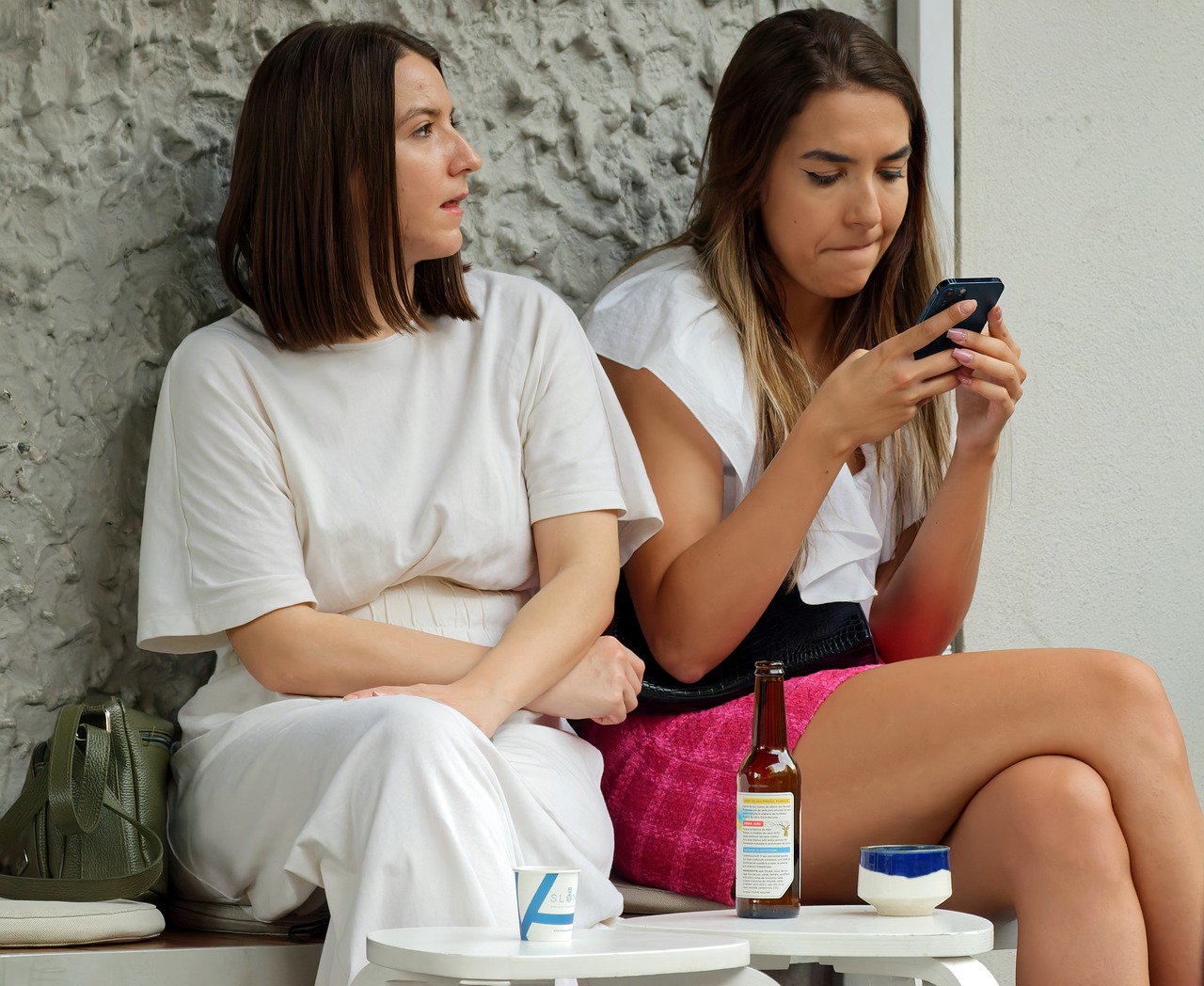The Impact of Food Coloring on Health
all panel 777.com login, laserbook247, 99exch:When we think about food, we often focus on its taste, texture, and nutritional value. But have you ever stopped to consider the impact of food coloring on your health? Food coloring is a common ingredient found in many processed foods, from candies and sodas to baked goods and frozen meals. While food coloring may make our food look more appealing, it may also have some negative effects on our health.
1. What is food coloring?
Food coloring is a substance used to add color to food or drinks. It can come from both natural and synthetic sources, with synthetic food colors being more commonly used in processed foods. These synthetic colors are made from chemicals and may pose health risks when consumed in large quantities.
2. Potential health risks
Some studies have linked artificial food coloring to various health issues, including hyperactivity in children, allergies, and even cancer. Certain food colors, such as Red #40, Yellow #5, and Blue #1, have been associated with negative effects on behavior and attention in children.
3. Hyperactivity in children
One of the most well-known impacts of artificial food coloring is its potential to cause hyperactivity in children. Studies have shown that children who consume foods high in synthetic food colors may exhibit more impulsive and hyperactive behavior.
4. Allergies
Artificial food coloring has also been linked to allergic reactions in some individuals. Symptoms of food coloring allergies can include hives, itching, swelling, and even difficulty breathing in severe cases. If you suspect you may have an allergy to food coloring, it’s essential to consult a healthcare professional.
5. Cancer risk
Some synthetic food colors have been associated with an increased risk of cancer. For example, studies have shown that Red #40 and Yellow #6 may contain harmful contaminants that could potentially contribute to the development of cancer.
6. How to avoid artificial food coloring
If you’re looking to reduce your intake of artificial food coloring, there are a few steps you can take. First, opt for whole, unprocessed foods whenever possible. These foods are less likely to contain artificial colors and other additives. Additionally, be sure to read food labels carefully and choose products with natural food coloring alternatives such as beet juice, turmeric, or spirulina.
FAQs:
1. Are natural food colors safe?
Yes, natural food colors are generally considered safe to consume. They are derived from plants, minerals, or other natural sources and do not pose the same health risks as synthetic food colors.
2. What foods contain artificial food coloring?
Artificial food coloring can be found in a wide range of processed foods, including candies, sodas, snacks, baked goods, and even some medications.
3. Should I avoid all food coloring?
While it’s essential to be mindful of your intake of artificial food coloring, not all food colors are harmful. Natural food colors can add vibrancy to your meals without the negative health effects associated with synthetic colors.
In conclusion, while food coloring may make our food look more visually appealing, it’s essential to be aware of the potential health risks associated with artificial food colors. By choosing whole, unprocessed foods and opting for natural food coloring alternatives, you can help protect your health and well-being. Remember, your health is the most important thing, so make informed choices about the foods you consume.







